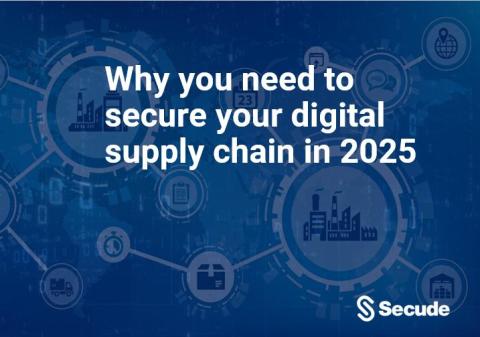Still relying solely on CVSS scores to prioritize software supply chain risks? Stop.
Software supply chain security risks are mounting. As noted in Veracode’s State of Software Security (SoSS) report, organizations of all sizes are drowning in security debt, and a large portion of the critical debt can be attributed to third-party vulnerabilities.











